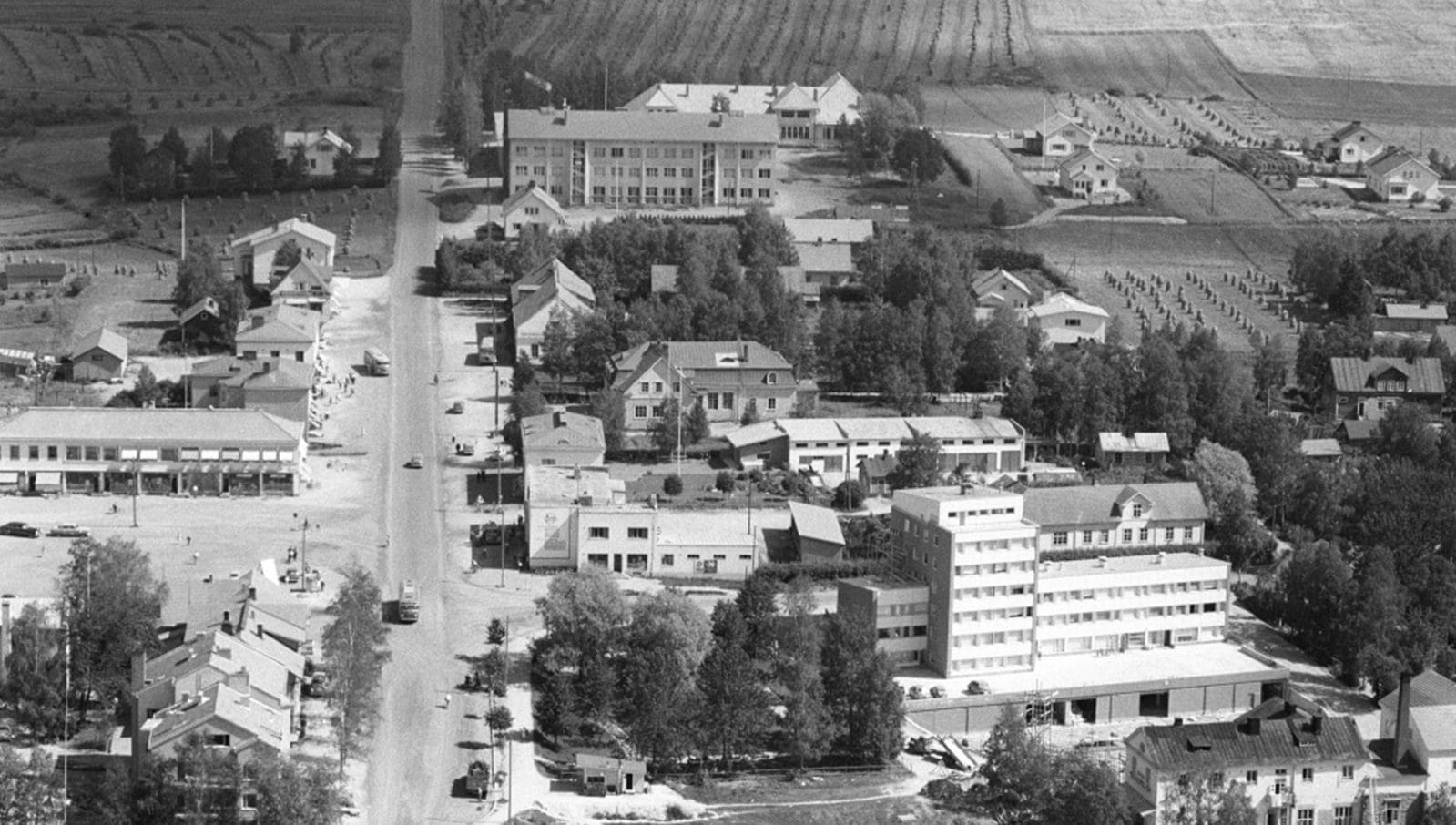
The history of Jämsä
In the Middle Ages, Jämsä was the northernmost administrative parish in Häme. Compared to today, it was much more extensive in its area. In addition to Jämsä, it included Jämsänkoski, Koskenpää, the main parts of Korpilahti and Muurame, as well as parts of Säynätsalo and Petäjävesi. This area was referred to as Suur-Jämsä.
The population of Suur-Jämsä was centred in the area around the current Jämsä Church. The first municipal meeting in Jämsä was held in 1866, which is considered the founding year of municipal self-government in Jämsä.
Areas belonging to the old Jämsä parish started to gain independence in the 1860s, when Suur-Jämsä diminished into an area comprising Jämsä, Jämsänkoski and Koskenpää. This period, called the era of Old Jämsä, lasted until 1926.


